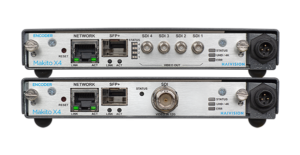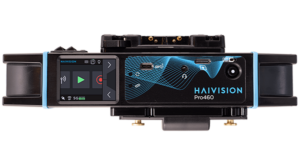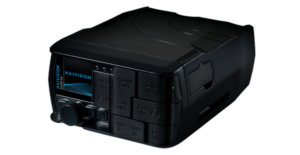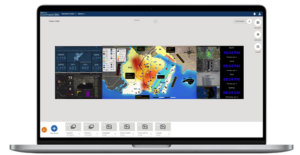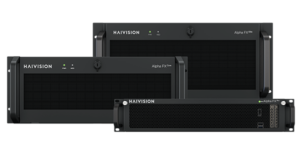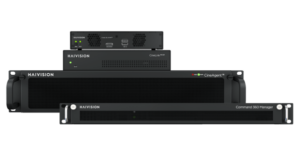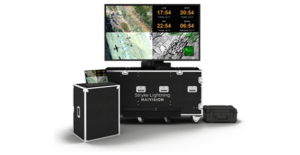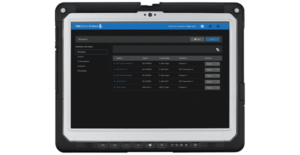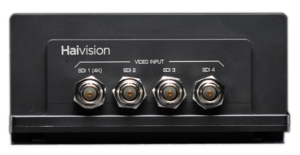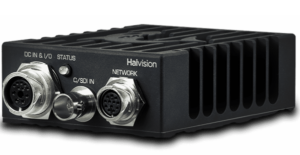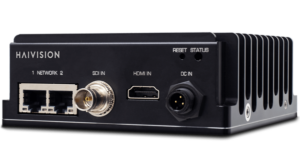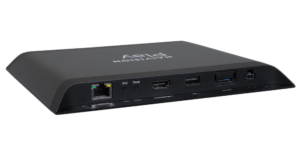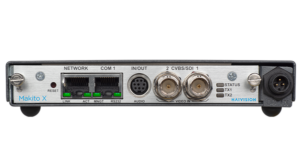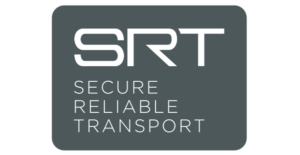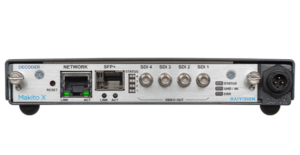What You Need to Know About Defense Standards for Video Encoding and Decoding
In this post, we’re exploring what defense standards are, how they apply to Haivision products, and why they are so important. I spoke to Haivision’s defense expert and Director of Product Strategy, John Leipper, to get a deeper insight into what standardization means and how it applies to video encoding and decoding.
Standardization is the process of developing and implementing specifications and procedures designed to ensure that products meet certain requirements. These requirements include: functionality, compatibility, interoperability, reliability, quality, safety, and security. Defense standards are critical when it comes to video encoding and decoding to ensure proper performance, maintainability, and reparability, and perhaps most importantly, interoperability of military equipment. Using a common set of standards, especially in the case of military forces, allows for more efficient use of resources and operational effectiveness. Not just for the military, defense standards are also often used as a quality reference by non-defense government and commercial organizations across the globe.
In defense applications there are three distinct areas where standards are important. These are related to physical, data, and security aspects.
Physical Standards
Standards that relate to physical criteria ensure that a hardware device such as a video encoder or decoder is suitable for integration into militarized environments whether it be air, ground, or maritime vehicles. Adherence to these standards provides a level of assurance that the device is fit for service in a particular deployed environment. These physical standards cover the SWaP (size weight and power) aspects of devices and essentially ensure that the device is deployable without breaking or interfering with the performance of any other equipment and is able to withstand a variety of environmental conditions. Physical standards such as the United States defense standard or military standard, MIL-STD, are used to achieve standardization objectives laid out by the US Department of Defense. Examples of standards that apply to video encoders and decoders include:
MIL-STD-810 – Environmental Engineering Considerations and Laboratory Tests
This standard addresses a wide range of harsh environmental conditions including; low pressure for altitude testing; exposure to high and low temperatures; humidity; temperature and transport shock; altitude and vibration.
MIL-STD-461 – Electromagnetic Interference Control Requirements
These requirements are considered necessary to ensure that a device will operate as intended when exposed to the anticipated electromagnetic environment (EME) of a particular platform or system. These requirements are also used to ensure that electromagnetic emissions are properly controlled so that equipment will not interfere with the operational performance of other subsystems or equipment.
Another standard worth noting is DO-160, published by the Radio Technical Commission for Aeronautics (RTCA). This is a series of standards for environmental conditions and test procedures for airborne equipment with an emphasis on commercial aviation, but applicability for use in military air vehicles. In addition, there are STANdardization AGreements (STANAG) implemented by NATO which address standards for electronic equipment in NATO environments, among many other standards areas, to support interoperability between coalition forces.
Data Standards
When it comes to Geospatial Intelligence (GEOINT) standards, the Motion Imagery Standards Board (MISB) is focused on ensuring the development, application and implementation of standards that maintain interoperability, integrity and quality of Motion Imagery, associated metadata, audio and other related systems in the Department of Defense (DoD) and the National Geospatial-Intelligence Agency (NGA). As a leading advocate for interoperability, the MISB monitors and participates in the ongoing development of standards which includes working with U.S. and international standards bodies like NATO and STANAG to monitor, advocate, and represent DoD and NGA interests for Motion Imagery, metadata, audio, and related systems to support global interoperability.
In the case of video encoding and decoding, the point of interoperability has traditionally been the bitstream of encoded video within the transport stream with geospatial metadata encoded as KLV (Key Length Value) metadata. For example, a Haivision Makito video encoder can be configured to accept a digital SDI input and encode that input into any number of network dissemination outputs, where the video, audio, and metadata are contained within a well-formed transport stream and delivered over IP. That well-formed transport stream itself is an ISO standard (specifically ISO/IEC 13818-1). The MISB creates profiles of the transport stream standard that refine where the video and metadata lie relative to one another within a stream. MISB also has standards for how to encode time and metadata and provides rules for how video should be put into and pulled out of a stream. Having this set of MISB standards greatly enhances interoperability for those who are adhering to the type of design constraint for streaming video.
Security Standards
Security Technical Implementation Guides (STIGs) are a series of hardening or security guidelines to ensure protection against malicious actors. Developed by the Defense Information Systems Agency (DISA), these guides improve security for software, hardware, physical, and logical architectures to further reduce vulnerabilities when implemented. STIGs contain technical guidance to “lock down” information systems/software that might otherwise be vulnerable to a malicious computer attack.
Deployed by governments worldwide, Haivison video solutions meet strict military environmental standards and hold certifications for security controls and interoperability. For more information about Haivision’s mission-critical video solutions for the defense industry, download our defense brochure.

